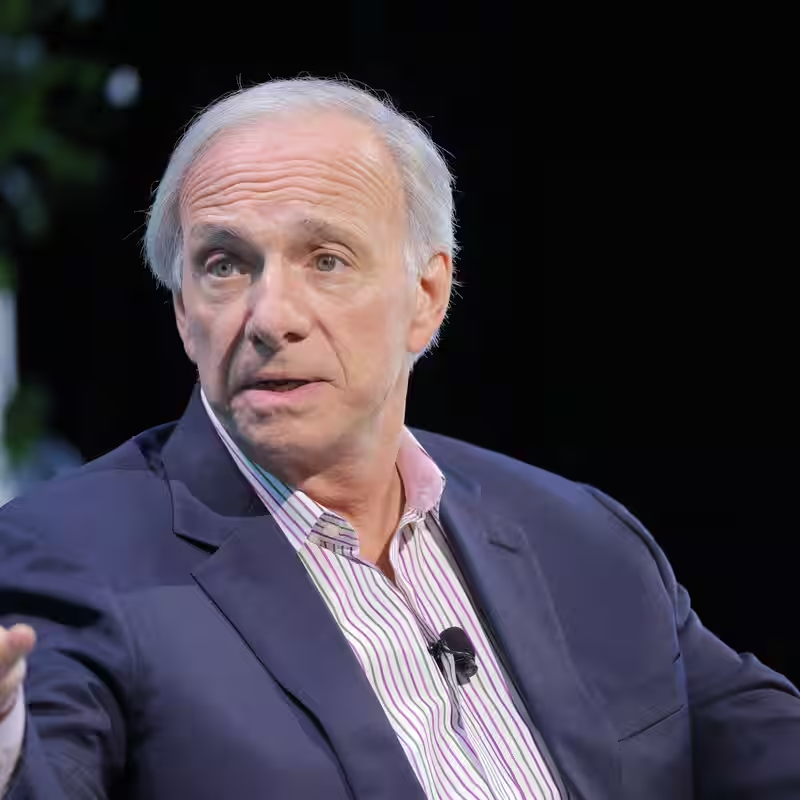Table of Contents
- Gold Rally Defies Economic Logic
- Pessimists vs. Optimists: Two Sides of the Gold Coin
- Central Banks and FOMO Fuel the Surge
- What Top Economists and Investors Are Saying
- Sources
Gold Hits $4,000 — But the Economy Looks Fine
Gold prices have soared past $4,000 per ounce for the first time in history — a milestone that typically signals deep economic distress. Yet, paradoxically, U.S. stocks are hitting record highs, bond yields are stable, and the dollar shows no signs of panic.
This disconnect has left economists and investors scratching their heads. Historically, gold spikes during crises: during the Great Recession (2008–2009), gold rose 37% while the S&P 500 plunged 23%. In the 1970s, as inflation raged, gold surged over 600% in real terms while equities stagnated.
But today? The S&P 500 hit a new high just as gold crossed the $4,000 threshold. “This discrepancy is almost unprecedented,” said Joe Davis, global chief economist at Vanguard.
Pessimists vs. Optimists: Two Sides of the Gold Coin
The Pessimist View
Some investors are bracing for a perfect storm:
- AI-driven stock gains could collapse if the tech bubble bursts
- U.S. Treasury markets might lose global trust
- The Federal Reserve could lose its inflation-fighting credibility
- The dollar may no longer be seen as a safe haven
Ray Dalio, founder of Bridgewater Associates, now recommends allocating up to 15% of portfolios to gold—a dramatic shift from the traditional 60/40 stock-bond split. Morgan Stanley has even proposed a 60/20/20 model (stocks/bonds/gold), calling gold “the anti-fragile asset to own rather than Treasuries.”
The Optimist Counterpoint
Others believe AI innovation will continue to power economic growth, offsetting risks like U.S. and EU debt levels. “A lot of big money is betting on this optimistic scenario,” said Cornell economics professor Ryan Chahrour.
Central Banks and FOMO Fuel the Surge
Beyond investor sentiment, there’s another force driving gold higher: central banks. For years, nations like China, Russia, and India have been stockpiling bullion to hedge against Western sanctions and geopolitical instability.
Plus, let’s not forget FOMO—fear of missing out. “Financial markets are like fashion,” quipped Robin Brooks of the Brookings Institution. “It’s like bell-bottom jeans are back.”
According to Morningstar Direct, investors poured $9.3 billion into gold ETFs last month alone—retail traders, pension funds, and hedge funds all jumping on board.
What Top Economists and Investors Are Saying
| Expert | Viewpoint |
|---|---|
| Ray Dalio (Bridgewater) | “Gold is safer than the U.S. dollar.” |
| Mike Wilson (Morgan Stanley) | “Gold is now the anti-fragile asset to own rather than Treasuries.” |
| Ken Griffin (Citadel) | “Many see gold as the new safe harbor—replacing the dollar.” |
| Joe Davis (Vanguard) | “Investors are reading the economy in dramatically different ways.” |
Even Warren Buffett’s old warning—that gold “produces no income”—is being ignored in today’s climate. As one investor put it: “When trust in institutions erodes, you don’t need yield—you need survival.”




